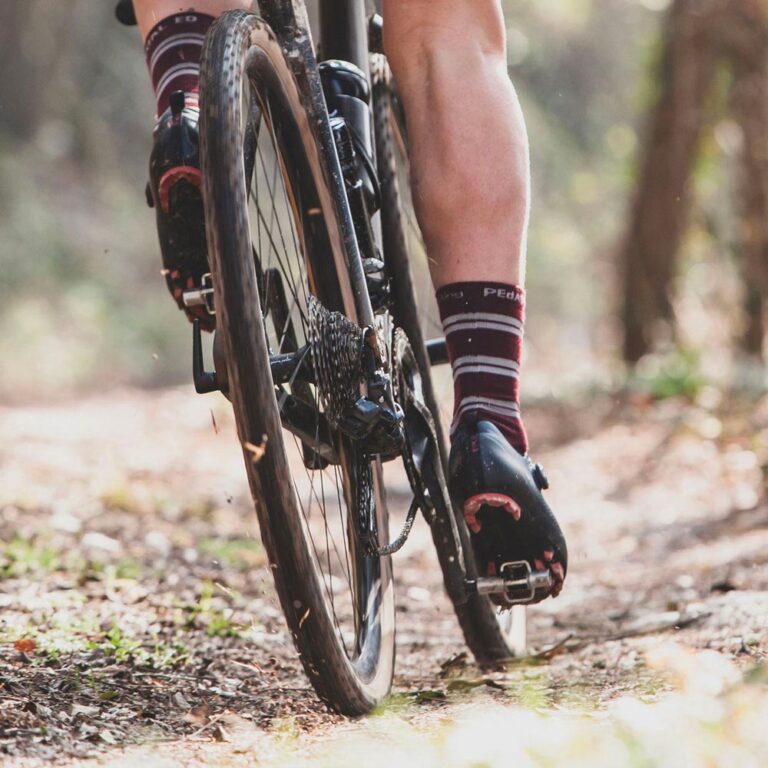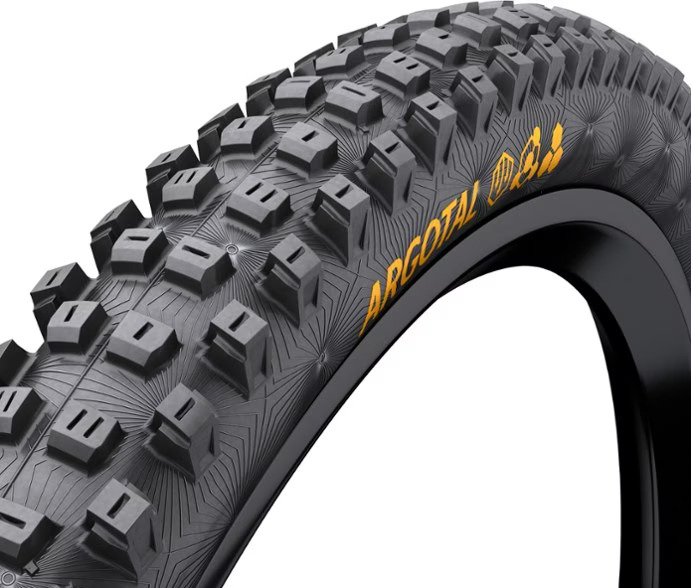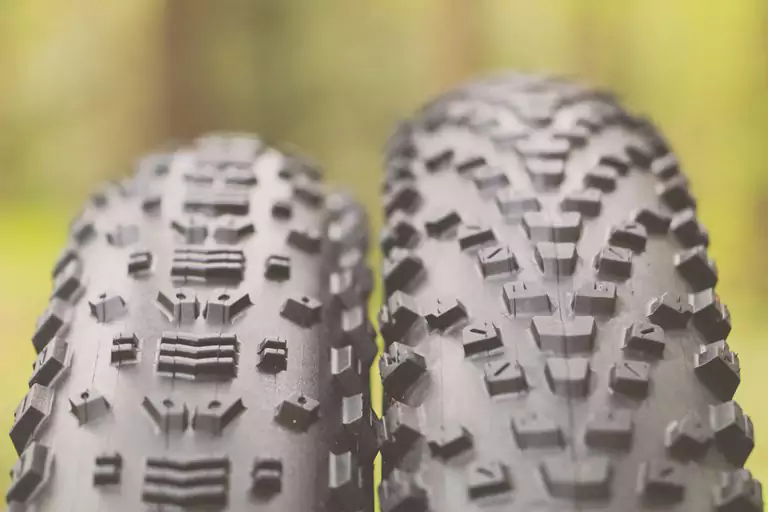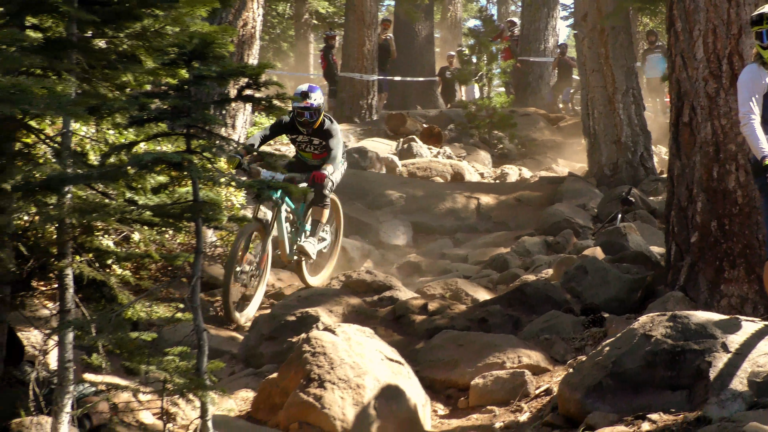Finding the Perfect Balance: Width and Comfort in Gravel Bike Tires

Key Point Summary of Width and Comfort in Gravel Bike Tires:
- Tire Width Matters: Wider tires can offer more comfort and better traction on loose or uneven surfaces, enhancing the gravel riding experience.
- Surface Adaptation: The choice of tire width should reflect the type of terrain you’re most often riding on. Wider tires excel on rough, loose terrain, while narrower tires might be preferred for smoother surfaces.
- Comfort Enhancements: Increased air volume in wider tires allows for lower tire pressures, which can absorb road vibrations and bumps more effectively, reducing rider fatigue.
- Trade-Offs: While wider tires provide benefits, they also come with considerations like increased weight and potential drag on smoother surfaces.
As a seasoned cyclist who has navigated the spectrum of terrains on mountain bikes, gravel bikes, and cyclocross bikes, I’ve come to appreciate the subtle yet profound impact tire width can have on the riding experience. In the realm of gravel biking, where the terrain can vary wildly from smooth, packed surfaces to loose, challenging gravel, the width of your tires plays a crucial role in dictating comfort, performance, and overall enjoyment. In this guide, aimed at beginner to mid-level cyclists, we’ll explore how to find that sweet spot in tire width that marries comfort with performance, ensuring your gravel riding adventures are both exhilarating and comfortable.
The Influence of Tire Width on Comfort and Performance
Embracing Wider Tires
In the early days of my gravel riding adventures, I quickly learned that the traditional narrow road bike tires were ill-equipped to handle the variability and challenges of gravel surfaces. The shift to wider gravel-specific tires was a revelation. Not only did it significantly improve my ability to maintain control on loose surfaces, but the added volume also meant I could run lower tire pressures without risking pinch flats. This combination led to a smoother, more forgiving ride, even on the most unforgiving terrain.
Surface Adaptation
Choosing the right tire width is not a one-size-fits-all decision; it’s about understanding and adapting to the predominant surfaces you encounter. On rides where compacted gravel or paved road sections dominate, a slightly narrower tire might offer the perfect blend of efficiency and comfort. Conversely, when faced with rugged, loose terrain, wider tires—often upwards of 40mm—can provide the confidence and control needed to tackle such challenges head-on.
The Comfort Factor
The correlation between tire width and comfort cannot be overstated. The additional air volume of wider tires acts as a natural suspension system, absorbing shocks and vibrations from rough surfaces. This not only enhances ride comfort but also reduces fatigue, allowing you to extend your rides further without discomfort.
Considering the Trade-Offs
However, it’s important to acknowledge the trade-offs that come with opting for wider tires. Increased tire width can lead to higher rolling resistance, particularly on smoother surfaces, and the added weight could be a consideration for those who prioritize speed and efficiency. It’s about finding the right balance that suits your riding style and the terrains you most frequently explore.
Width and Comfort in Gravel Bike Tires: Concluding Thoughts
Navigating the world of gravel bike tires, particularly the considerations around tire width can seem daunting at first. Yet, understanding how different widths can affect your ride allows you to make informed decisions, enhancing your comfort and performance on the gravel. The ideal tire width is one that best aligns with your typical riding conditions and personal preferences. As you gain experience and experiment with different widths, you’ll find that sweet spot that makes every ride a joy.

For gravel biking, where versatility and durability are key, I recommend the Panaracer GravelKing SK tire. This tire strikes an excellent balance between comfort, grip, and puncture resistance, making it suitable for a wide range of gravel conditions. It comes in a variety of widths, from 32mm up to 50mm, allowing you to choose based on your specific needs and the typical terrain you encounter.
The GravelKing SK’s tread pattern is designed to provide confidence on loose surfaces without significantly sacrificing speed on smoother sections, making it a great all-rounder. Whether you’re new to gravel riding or looking to upgrade your current setup, the Panaracer GravelKing SK offers the reliability and performance needed to tackle diverse gravel adventures.

FAQ
What is the best width for gravel tires?
The best width for gravel tires typically ranges between 35mm and 45mm, allowing for a good balance of comfort, traction, and speed on varied gravel surfaces.
Are wider tires better for gravel?
Yes, wider tires are generally better for gravel as they offer improved traction, stability, and comfort on loose and uneven surfaces.
Are wider bike tires more comfortable?
Yes, wider bike tires are more comfortable because they can be run at lower pressures, which allows them to absorb more road vibrations and bumps, reducing fatigue and discomfort.
How do I size myself for a gravel bike?
To size yourself for a gravel bike, measure your height and inseam length and compare these measurements to the manufacturer’s size chart. It’s also recommended to test ride different sizes if possible, as geometry and personal preference play significant roles in finding the best fit.
Ride on
John






